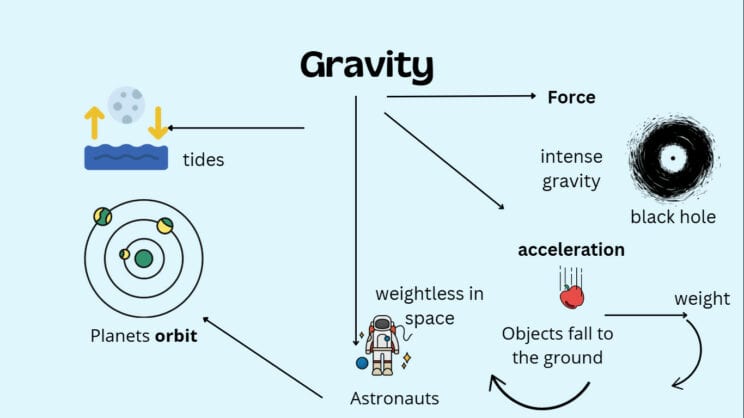LIFESTYLE NEWS - They may view revision as a chore rather than an opportunity to deepen their understanding. To help them develop a love for learning, it’s important to understand the process through a well-established cognitive framework that breaks learning into three key stages: input, elaboration (processing), and output.
By applying this approach, parents can make learning more engaging and effective for their children.
These stages can be explained as:
- Input (Receiving Information) – This is where students take in new information through their senses (sight, sound, touch, movement, etc.).
- Processing (Making Sense of Information) – The brain organises, analyses, and connects the new information to existing knowledge.
- Output (Demonstrating Learning) – This involves recalling, applying, and expressing what has been learned.
By integrating multiple senses during the input phase, as parents you are able to strengthen memory encoding and enhance engagement.
This could involve:
- Visual Input: Using images, diagrams (charts, venn diagrams for comparisons, mind maps etc), coloured key words, and videos to support learning.
- Auditory Input: Engaging students with spoken words, music, discussions, or recorded materials. Often mnemonics devices, such as making up a silly sentence or rhyme, can really help students to retain complex information.
- Kinesthetic/Tactile Input: Encouraging movement (e.g., hopscotch, throwing a ball against vocabulary on the wall etc.), writing (chalk on surfaces such as driveways and trampolines, white board markers on windows, painting out words, writing in shaving cream or flour on a tray) and physical manipulation of objects (play dough, pipe cleaners and magnetic letters).
- Olfactory and Gustatory Input (less common but effective in certain contexts): Using scents or tastes to create associations (e.g., linking a smell to a historical event or a science experiment).
Multisensory learning significantly improves neural connections and learning retention. This learning style boosts engagement, motivation and comprehension whilst making learning more meaningful and purposeful.
The more senses you engage, the stronger the neural connections, leading to faster learning, deeper understanding, and long-term retention.
When helping your child engage with new academic content, it’s valuable to support them during the elaboration stage of learning by linking new information to what they already know. Explore unfamiliar vocabulary together and identify synonyms using familiar words.
Encourage them to consider how the new knowledge connects to their daily life, making it more meaningful and relevant. Discussing these ideas with family members can also provide fresh perspectives and deepen their understanding.
When children explain concepts, draw connections, or generate their own examples, they strengthen neural pathways, making knowledge easier to retrieve and apply.
This process moves learning beyond surface-level memorization to deep comprehension, equipping them with the skills to use their knowledge in real-world problem-solving.
When supporting your child’s learning, it’s essential to provide ample opportunities for them to apply and express their knowledge. This process, known as output, involves activities such as speaking, writing, problem-solving, or teaching others.
Encourage your child to explain new concepts in their own words, create connection maps linking new ideas to prior knowledge, or summarize definitions using key terms. Developing their own questions about a topic helps them identify essential information within their learning materials.
Engaging in output strategies- such as creating a short video, teaching a sibling, or designing a slide presentation- not only promotes active learning but also reveals gaps in understanding, allowing them to refine and strengthen their knowledge.
An example of a many interesting connections map created by Sairah Rich.
 A many interesting connections map created by Sairah Rich.
A many interesting connections map created by Sairah Rich.

















